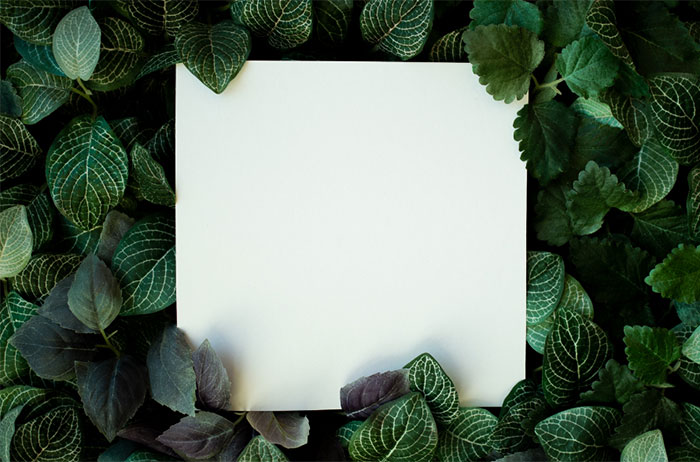Plantshop.me
Dismiss
Shop all Plants & Accessories
Home / Shop
Join Now to Receive Exclusive Deals!
"Sign up for our emails and get exclusive discounts on all your favorite plants and gardening products!"
Now we’re in this together.
Your welcome email is on the way!
You’ve subscribed to: Plantshop.ae Newsletter.
You can always manage your subscriptions through the “Unsubscribe” link at the foot of each Plantshop.ae newsletter.
Sort
Filter


Now we’re in this together.
Your welcome email is on the way!
You’ve subscribed to:
Plantshop.me Newsletter.
You can always manage your subscriptions through the “Unsubscribe” link at the footer of each Plantshop.me newsletter.





